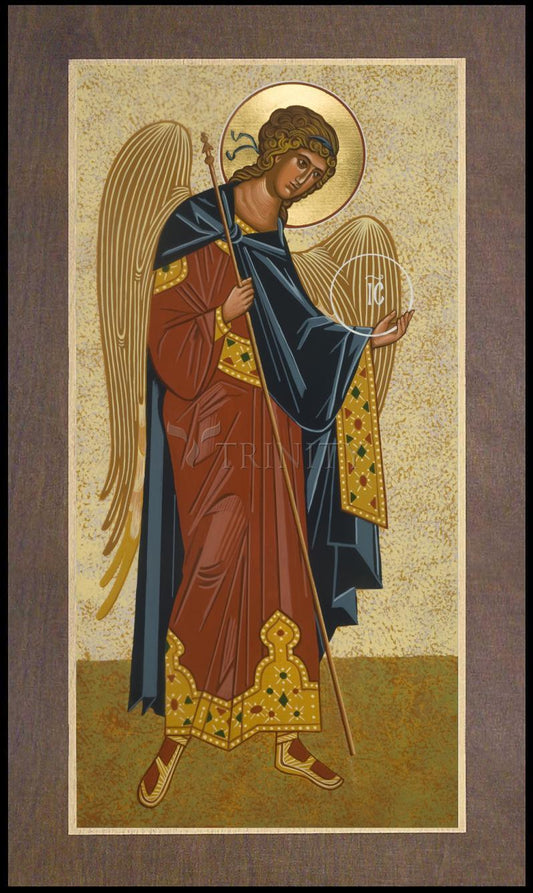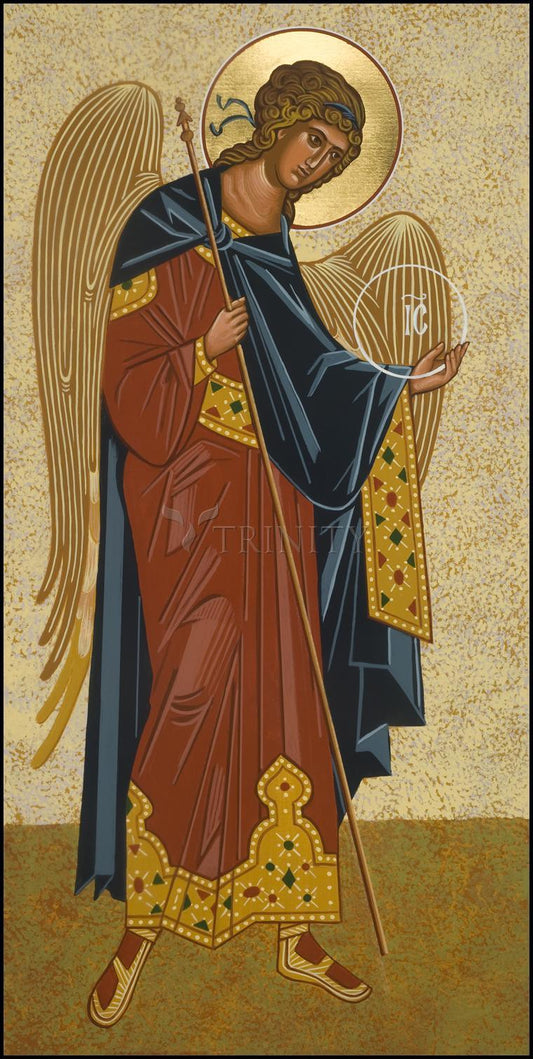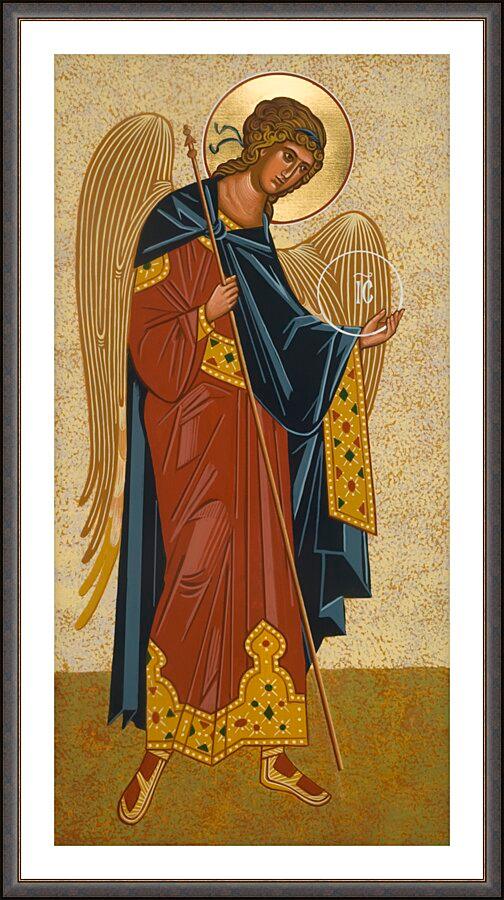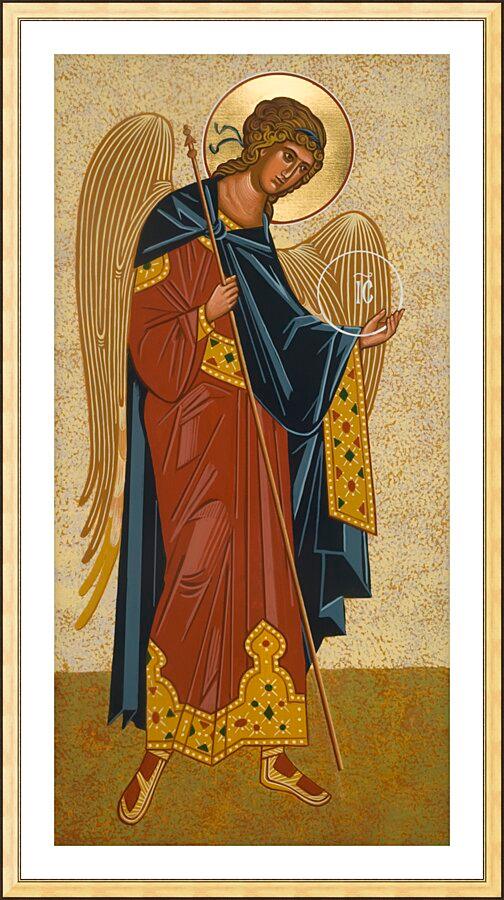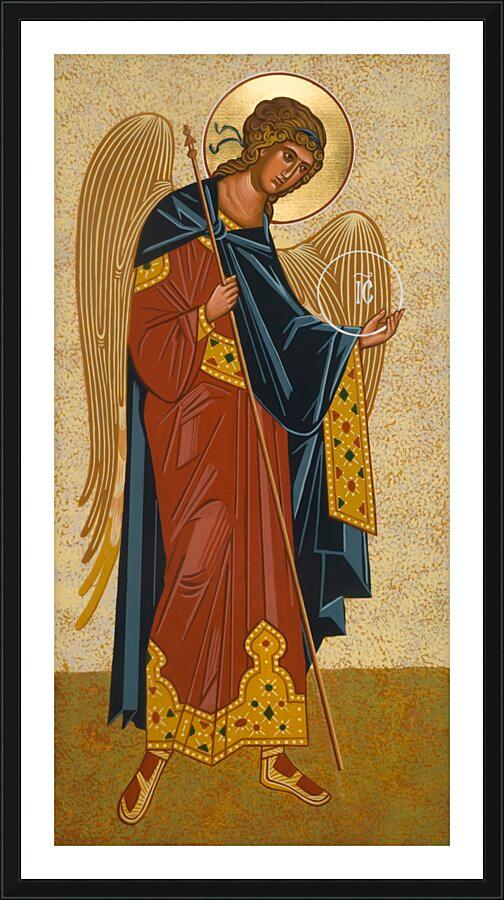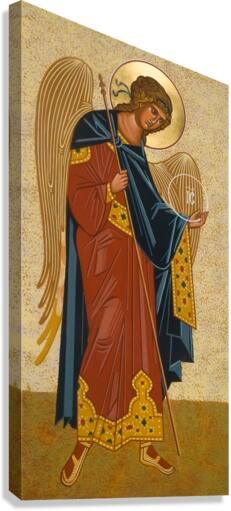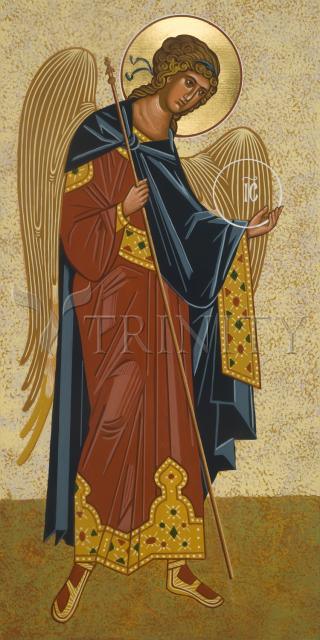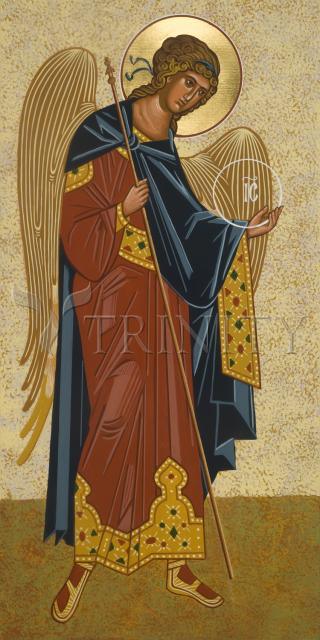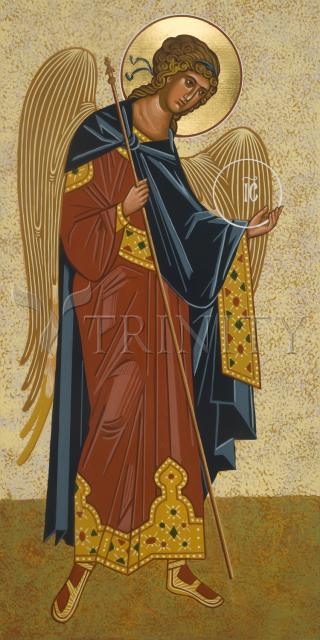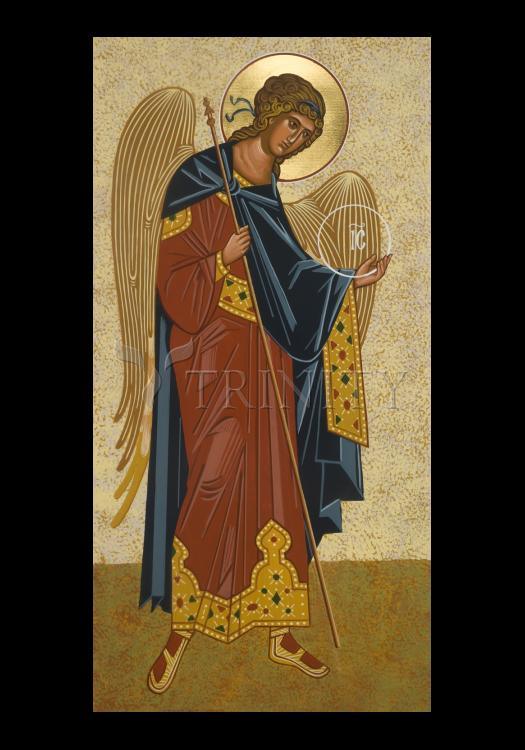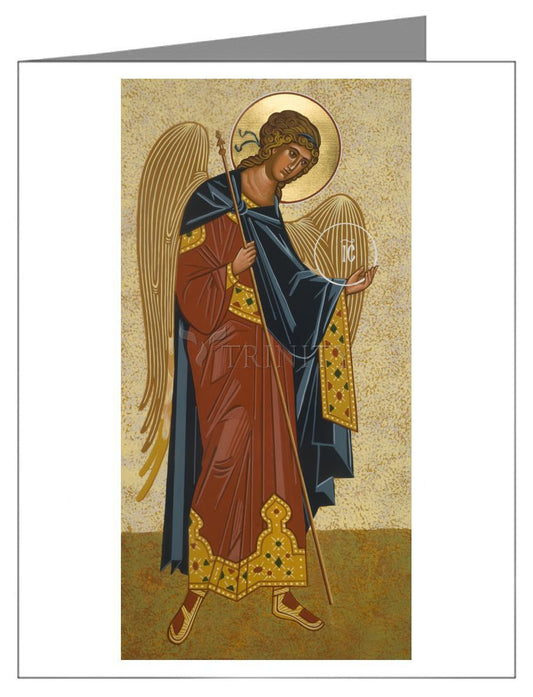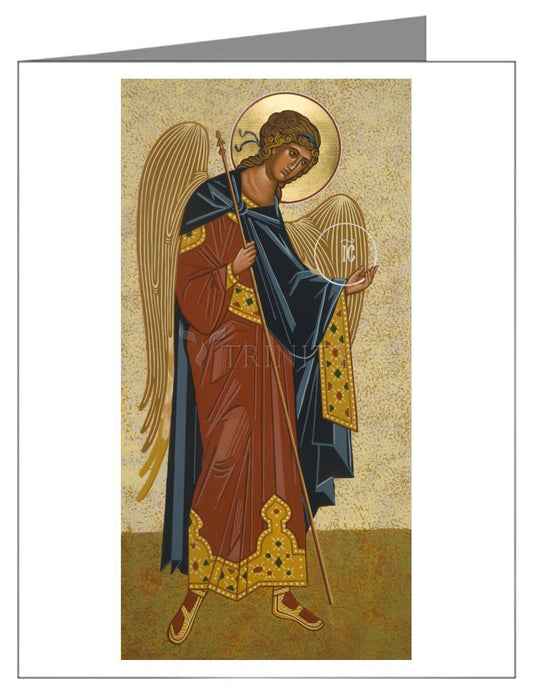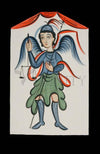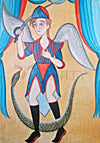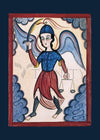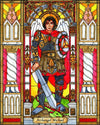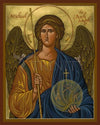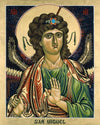Collection: St. Michael Archangel

-
Sale
Wood Plaque Premium
Regular price From $99.95 USDRegular priceUnit price per$111.06 USDSale price From $99.95 USDSale -
Sale
Wood Plaque
Regular price From $39.95 USDRegular priceUnit price per$44.39 USDSale price From $39.95 USDSale -
Sale
Wall Frame Espresso
Regular price From $169.95 USDRegular priceUnit price per$188.83 USDSale price From $169.95 USDSale -
Sale
Wall Frame Gold
Regular price From $169.95 USDRegular priceUnit price per$188.83 USDSale price From $169.95 USDSale -
Sale
Wall Frame Black
Regular price From $169.95 USDRegular priceUnit price per$188.83 USDSale price From $169.95 USDSale -
Sale
Canvas Print
Regular price From $94.95 USDRegular priceUnit price per$105.50 USDSale price From $94.95 USDSale -
Sale
Metal Print
Regular price From $124.95 USDRegular priceUnit price per$138.83 USDSale price From $124.95 USDSale -
Sale
Acrylic Print
Regular price From $124.95 USDRegular priceUnit price per$138.83 USDSale price From $124.95 USDSale -
Sale
Giclée Print
Regular price From $19.95 USDRegular priceUnit price per$22.17 USDSale price From $19.95 USDSale -
Custom Text Note Card
Regular price From $300.00 USDRegular priceUnit price per$333.33 USDSale price From $300.00 USDSale
ARTIST: Joan Cole
ARTWORK NARRATIVE:
In the Name of the Father, and of the Son, and of the Holy Spirit. O glorious Archangel St. Michael, Prince of the heavenly host, defend us in battle, and in the struggle which is ours against the principalities and Powers, against the rulers of this world of darkness, against spirits of evil in high places.
(Ephesians 6:12)
His feast day is September 29.
- Art Collection:
-
Saints And Angels
- Patronage:
-
Watermen,
-
Temptations,
-
Storms,
-
Soldiers,
-
Sickness,
-
Security Guards,
-
Security Forces,
-
Sailors,
-
Radiologists,
-
Puebla Mexico,
-
Police,
-
Paratroopers,
-
Paramedics,
-
Mariners,
-
Knights,
-
Holy Death,
-
Hat Makers,
-
Grocers,
-
Germany,
-
Fencing,
-
EMTs,
-
Dying,
-
Danger at Sea,
-
Boatmen,
-
Battle,
-
Bakers,
-
Artists,
-
Ambulance Drivers
St. Michael the Archangel, whose name means, “one who is like God," led the army of angels who cast Satan and the rebellious angels into Hell; at the end of time, he will wield the sword of justice to separate the righteous from the evil (cf. Revelation 12:7ff).
The early Church Fathers recognized the importance of the angels and archangels, particularly St. Michael. Theodoret of Cyr (393-466) in his Interpretation of Daniel wrote, “We are taught that each one of us is entrusted to the care of an individual angel to guard and protect us, and to deliver us from the snares of evil demons. Archangels are entrusted with the tasks of guarding nations, as the Blessed Moses taught, and with those remarks the Blessed Daniel is in accord; for he himself speaks of "˜the chief of the Kingdom of the Persians,' and a little later of "˜the chief of the Greeks,' while he calls Michael the chief of Israel.'" The Church Fathers would also posit that St. Michael stood guard at the gate of paradise after Adam and Eve had been banished, and he was the angel through whom God published the Ten Commandments, who blocked the passage of Balaam (Number 22:20ff), and who destroyed the army of Sennacherib (2 Chronicles 32:21).
St. Basil and other Greek Fathers ranked St. Michael as the Prince of all the Angels. With the rise of scholasticism and the exposition of the “nine choirs of angels," some said St. Michael was the prince of the Seraphim, the first of the choirs. (However, St. Thomas Aquinas assigned St. Michael as the prince of the last choir, the angels).
St. Michael the Archangel has been invoked for protection on various occasions. In 590, a great plague struck Rome. Pope St. Gregory the Great led a procession through the streets as an act of penance, seeking the forgiveness of and atoning for sin. At the tomb of Hadrian (now Castle Sant' Angelo near St. Peter's Basilica), St. Michael appeared and sheathed his sword, indicating the end of the plague. The Holy Father later built a chapel at the top of the tomb and to this day a large statue of St. Michael rests there.
Therefore, in our Catholic tradition, St. Michael has four duties: (1) To continue to wage battle against Satan and the other fallen angels; (2) to save the souls of the faithful from the power of Satan especially at the hour of death; (3) to protect the People of God, both the Jews of the Old Covenant and the Christians of the New Covenant; and (4) finally to lead the souls of the departed from this life and present them to our Lord for the particular judgment, and at the end of time, for the final judgment. For these reasons, Christian iconography depicts St. Michael as a knight-warrior, wearing battle armor, and wielding a sword or spear, while standing triumphantly on a serpent or other representation of Satan. Sometimes he is depicted holding the scales of justice or the Book of Life, both symbols of the last judgment.

